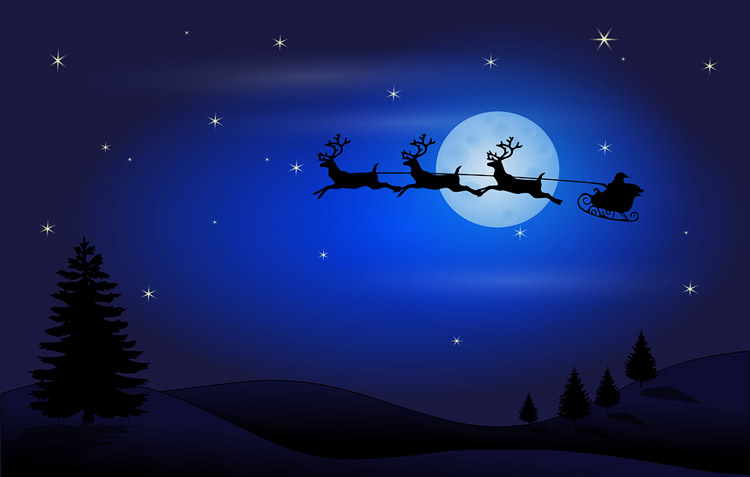
By Albert Huang
January Stargazing
Grab a pair of binoculars or even a telescope and bundle up to see some celestial streaks in the sky!
The comet C/2019 L3 ATLAS flies by our solar system this month and reaches perihelion on January 10th, meaning it will be at its closest point to the sun. This comet actually does not orbit Earth, which means this is a once in a lifetime chance to see its faint trail high in the southern sky.
If you have access to a telescope, on January 18th, comet 104P/Kowal will be flying high in the southern horizon in the constellation Cetus and on the 20th, comet 19P/Borrelly will reach its brightest right after sunset.
Don’t sweat it if you only have your naked eye because during these early days of January if you go out for viewing right after sunset, you’ll be able to catch a rare glimpse of the moon, Mercury, Venus, Saturn, and Jupiter all in a line.
On the night of the 8th, take about 15 minutes to get adjusted to the darkness or bring a camera to point at the nebulas hidden within the constellation of Orion. The moon will set right around 11:30 with Orion high in the sky. You may be able to catch a glimpse of the nebulosity of nebula M42 in the center of Orion’s sword with the naked eye.
January Neighbors
On January 11th, Mercury is in great visibility at its evening peak above the southwestern horizon. With the help of a stargazing app and neighbor Venus, you can locate the first planet right after sunset during twilight hours.
Our sister planet Venus is getting physically closer towards us, meaning the apparent diameter of the second planet will appear much larger. If you’ve got a pair of binoculars you can get a beautiful image of a crescent Venus during this month.
Mars will be an early morning planet at the start of 2022. On the 29th of this month, you’ll be able to spot the red planet bright in the morning sky joined alongside Venus and a crescent moon.
The gas giants Jupiter and Saturn are still prominent objects in the sky this month. As the year goes on the two bright dots in the sky move closer towards the sunset twilight glow.
Uranus shines on the edge of naked-eye visibility as usual but binoculars or a small telescope is still the best to try and spot the cyan dot.
Neptune is in a great spot to observe but only if you have a telescope at the ready. The icy blue giant sits right outside naked-eye visibility range. However, if you do have a telescope, the planet will be patiently waiting in Aquarius high in the night sky.




